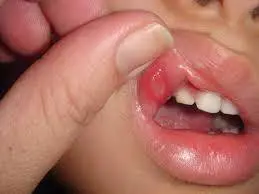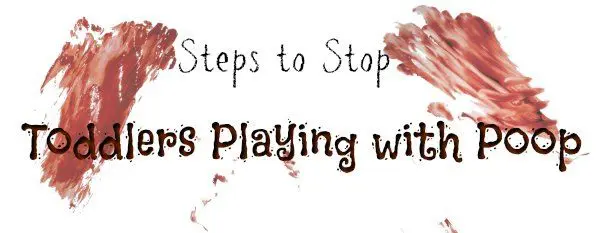Whether just a beer, a glass of wine, or vodka-infused hot cocoa, like many adults, I enjoy a drink from time to time. I also have four kids—four kids who were once very curious, grabby toddlers with impressive ingenuity. Much like everything in our home they were not supposed to have, they insisted on attempting to pilfer alcoholic beverages. I am ashamed to admit at least one of them succeeded in stealing a sip, and that clever lad is far from the first child to do so.
If you type something along the lines of, “toddler drank alcohol” or some variation thereof into a search engine online, you’ll find I am far from the only parent that has found themselves with a booze-swiping toddler. Okay, we’ve established it happens. What do you do if it happens to you?
First consideration: what type of alcohol did your toddler drink, and how much?
As you likely know, all alcohol marketed for sale has an alcohol percentage printed on the packaging. Your average beer, for example, is somewhere around 4 to 6 percent, whereas your average vodka is more like 30 to 35 percent. Note that if there is no percentage on the packaging, the alcohol content is below 5 percent. If your toddler managed to get a small amount of any alcohol, while it’s not going to win you a parenting award, it’s harmless. Now, if the quantity was a little more than a sip, or it was something like Everclear with very high alcohol content, you could have a problem.
Watch for signs of intoxication or seek medical attention
In a small child, signs of intoxication will show fairly quickly. While my children have never managed to drink enough to get that far, signs would be similar to those seen in adults, things such as impaired balance, flushed appearance, and confusion. In the event symptoms are mild, offer plenty of water and food, and don’t let it happen again. You may call poison control at 1-800-222-1222 if in doubt.
If more serious signs of intoxication are present, which could indicate alcohol poisoning, seek medical attention immediately. These may include altered pulse or breathing, vomiting, a dramatic drop in body temperature, unconsciousness, unresponsiveness, or seizure.
What are the risks of alcohol exposure in toddlers?
While an it-happened-once or even twice slip-up isn’t likely to cause harm unless your child chugged a bottle, continued exposure to alcohol at a young age can have a long list of very nasty health effects. That may include, among other issues, reduced brain growth or damage leading to developmental delays and reduced intelligence, memory loss, liver and digestive tract damage, as well as damage to the lining of the stomach and vitamin or nutrient deficiencies, which may lead to other health issues and impaired growth.
How can you prevent your toddler from getting a hold of booze again?
When drinking, try to use containers that can be closed and are difficult for your toddler to open. Keep the mass of your alcohol up high and locked up — yes, this means you should get a glass rather than sipping from the bottle. Keep your capped-cup up high. For example, a high shelf is a better choice than a coffee table.
Never leave partially finished drinks lying about. As a rule, do a quick walk-through after a date night or adult gathering to check for abandoned drinks.
Teach your toddler that mommy/daddy drinks are dangerous—much like you would the stove being hot. Avoid trying to explain that alcohol is not for children. Instead, stick to the drinks simply being a dangerous no-no. Using the same container for all of your drinks can help in this department as you can teach your child *that* cup is a no-no. You can explain how alcohol is for adults and how to drink in a healthy way when your child is older. This information is wasted on and may confuse a toddler.
If you’ve just joined the ranks of parents who freaked out just a bit when they realized their child drank a bit of booze, understand that it does happen, it’s not the end of the world, and it doesn’t make you a bad parent—just try not to let it happen again.
Has your toddler ever stolen a sip of your alcoholic drink?


